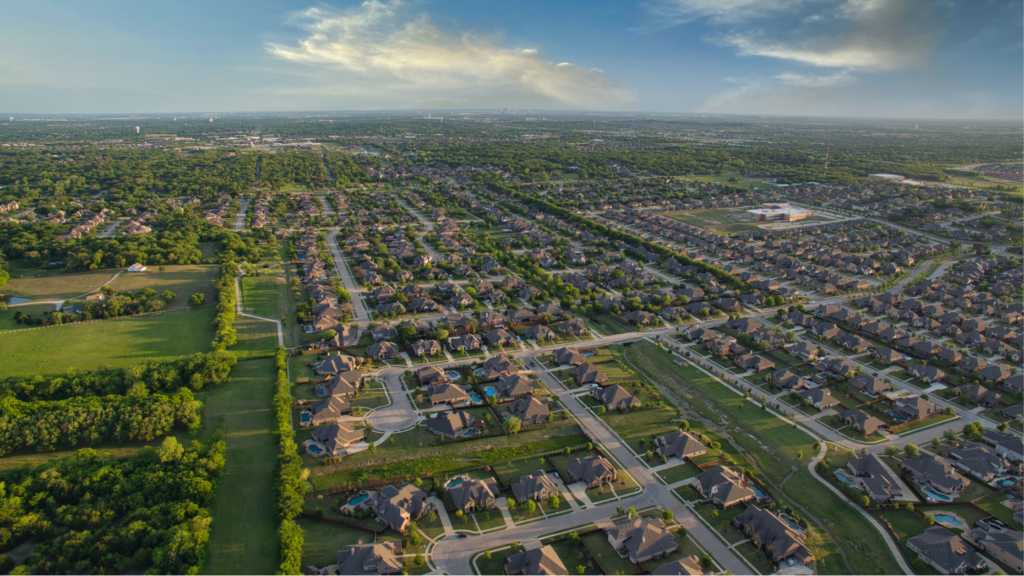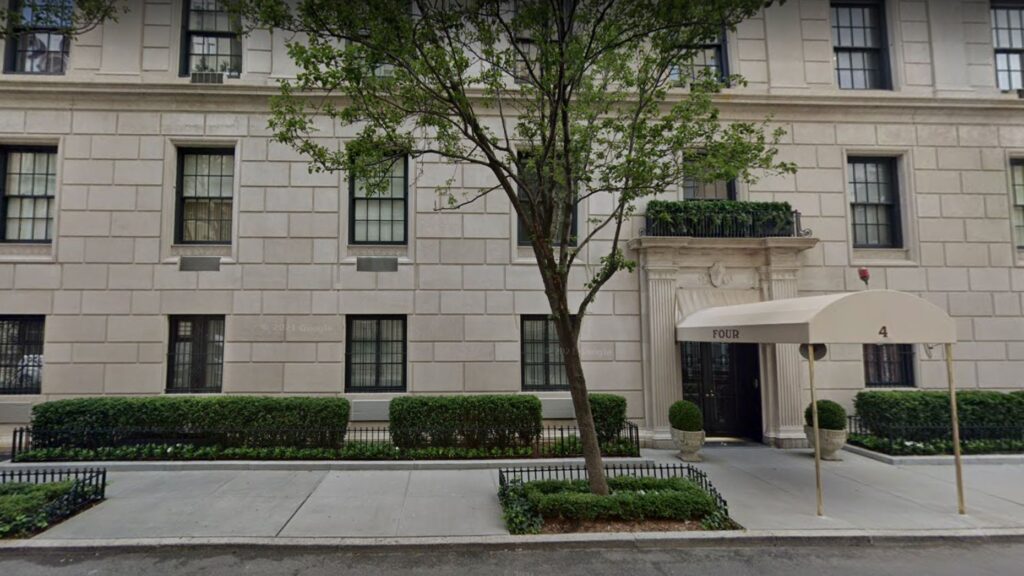Housing costs were one of the biggest drivers of inflation in June, pushing higher at a pace unseen since 1990, according to a report Wednesday from the Bureau of Labor Statistics.
In a shifting real estate market, the guidance and expertise that Inman imparts are never more valuable. Whether at our events, or with our daily news coverage and how-to journalism, we’re here to help you build your business, adopt the right tools — and make money. Join us in person in Las Vegas at Connect, and utilize your Select subscription for all the information you need to make the right decisions. When the waters get choppy, trust Inman to help you navigate.
American housing costs rose faster in June than in any month since 1990 — and the change was one of the biggest factors placing an increasing strain on family budgets.
The prices of a broad range of consumer goods and services were 9.1 percent higher last month than they were a year ago, and rose 1.3 percent from May to June alone, according to a report Wednesday from the Bureau of Labor Statistics.
Housing costs for homeowners rose 5.5 percent over the past year, and saw a 0.7 percent bump from May to June alone. Over both periods, the bureau reported the fastest escalation in homeownership costs since 1990.
As an input to future reports, housing inflation could get worse before they get better, according to First American Chief Economist Mark Fleming.
“One headwind for the Fed’s fight against inflation — shelter inflation is delayed up to six to twelve months,” Fleming said in a statement. “Rapid growth in rent expense over the last year is only now beginning to hit the headline CPI figure, which means there’s more upward pressure to come.”
Calculating housing costs for homeowners has always been a tricky part of the government’s consumer price index.
Housing is not only a consumer good, but an investment for the owner of the property. This is part of why the consumer price index steers clear of merely asking how much people are spending on their house.
As part of its housing survey, the government instead asks homeowners how much they think they think they could get if they rented their primary residence on the market. This measure, referred to as an owner’s equivalent rent, is a proxy for consumer housing inflation.
And after lagging market price increases for much of the pandemic, this measure of homeownership inflation is now rising quickly.
Renters have also borne the brunt of a year’s worth of steep rent hikes. They paid 5.8 percent more in June than at the same point last year, and 0.8 percent more than they did in May. It’s the fastest annual and monthly rent increases recorded since 1986.
Still, while the costs of housing threaten to make a persistent dent in people’s pocketbooks, there were signs that a significant share of inflation in June was driven by more volatile categories — some of which have already begun to come back down in recent weeks.
Gas prices were still on a steep upswing last month — recording a jump of 11.3 percent since May alone — amid Russia’s ongoing invasion of Ukraine and general uncertainty in energy markets.
Since then, gas prices have begun to creep back down, offering hope for some relief in July’s report.
The cost of groceries has also exploded at the fastest rate since 1979, rising 12.2 percent over the last year alone. But the rate of that increase began to pull back a bit in June, with a smaller monthly rise in grocery prices than the month before.
As inflation continues to race forward at the highest pace in decades, the Federal Reserve has been raising interest rates and shrinking its balance sheet in an effort to slow the process.
“The accelerating inflation means there’s a lot more work for the Federal Reserve to do,” Fleming said in the statement. “Another 75-point increase in the federal funds rate is almost assured.”
Email Daniel Houston



 Are You Interested in West Eleventh Residences Miami?
Are You Interested in West Eleventh Residences Miami? Are You Interested in ONE Park Tower by Turnberry?
Are You Interested in ONE Park Tower by Turnberry? Are You Interested in Diesel Wynwood Condominium?
Are You Interested in Diesel Wynwood Condominium? Are You Interested in Five Park Miami Beach?
Are You Interested in Five Park Miami Beach? Are You Interested in Cipriani Residences Miami?
Are You Interested in Cipriani Residences Miami? Are You Interested in Bentley Residences Miami?
Are You Interested in Bentley Residences Miami? Are You Interested in Baccarat Residences Brickell?
Are You Interested in Baccarat Residences Brickell? Are You Interested in Aria Reserve Miami?
Are You Interested in Aria Reserve Miami? Are You Interested in 888 Brickell Dolce & Gabbana | Miami?
Are You Interested in 888 Brickell Dolce & Gabbana | Miami? Are You Interested in 600 Miami WorldCenter?
Are You Interested in 600 Miami WorldCenter? Are You Interested in HUB MIAMI RESIDENCES?
Are You Interested in HUB MIAMI RESIDENCES? Are You Interested in WALDORF ASTORIA RESIDENCES?
Are You Interested in WALDORF ASTORIA RESIDENCES?